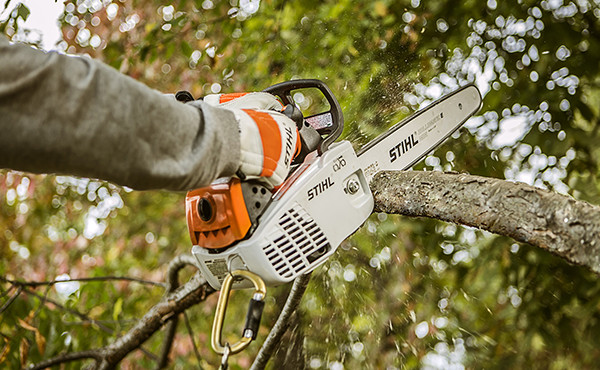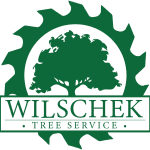Tree Trimming
Tree Trimming
Trees are typically trimmed for one of three reasons: aesthetics, safety or health.
- Aesthetics – Pruning a tree effectively helps to maintain its shape and appearance. A well-timed trim can improve the flowering and beauty of a tree. However, abstain from going Ed Scissorhands on your landscape and imposing an unnatural shape or size on your tree. The amount of trimming and pruning that will be needed could seriously damage it.
- Safety – Dead or broken branches and limbs can fall off at any time, creating a serious safety hazard. If the branches of a tree obstruct line of sight for drivers or pedestrians, they should be trimmed away. Tree limbs and branches that are growing too close to utility lines should be cut back as well.
- Health – Pruning can be a way to maintain the health of the tree and that of the surrounding landscape. Broken branches can be an entry point for disease, so prune them promptly, even if the tree is otherwise healthy. You can sometimes save a sick tree by strategically pruning away affected branches and limbs. Thinning the crown of a tree improves airflow, which can benefit the tree. And if branches are crossing or rubbing together, they should be trimmed so that they don’t fall unexpectedly.
Compliant with the ANSI (American National Standards Institute) A300 and Z133 standards in every task we undertake, we specialize in the following pruning services:
- Crown Cleaning: the removal of damaged, diseased, dead, or weak branches that are not beneficial to the tree
- Crown Raising: elevating the tree’s lower branches for clearance
- Crown Thinning: after cleaning the crown, the removal of certain branches to increase the canopy’s light and air flow

1
Storm Damage
2
Full Tree Removal
3
Dead Wood Removal
4
Stump Removal
Have Any Question?
We will evaluate each project to determine the best course of action as it relates to tree preservation and risk management.

